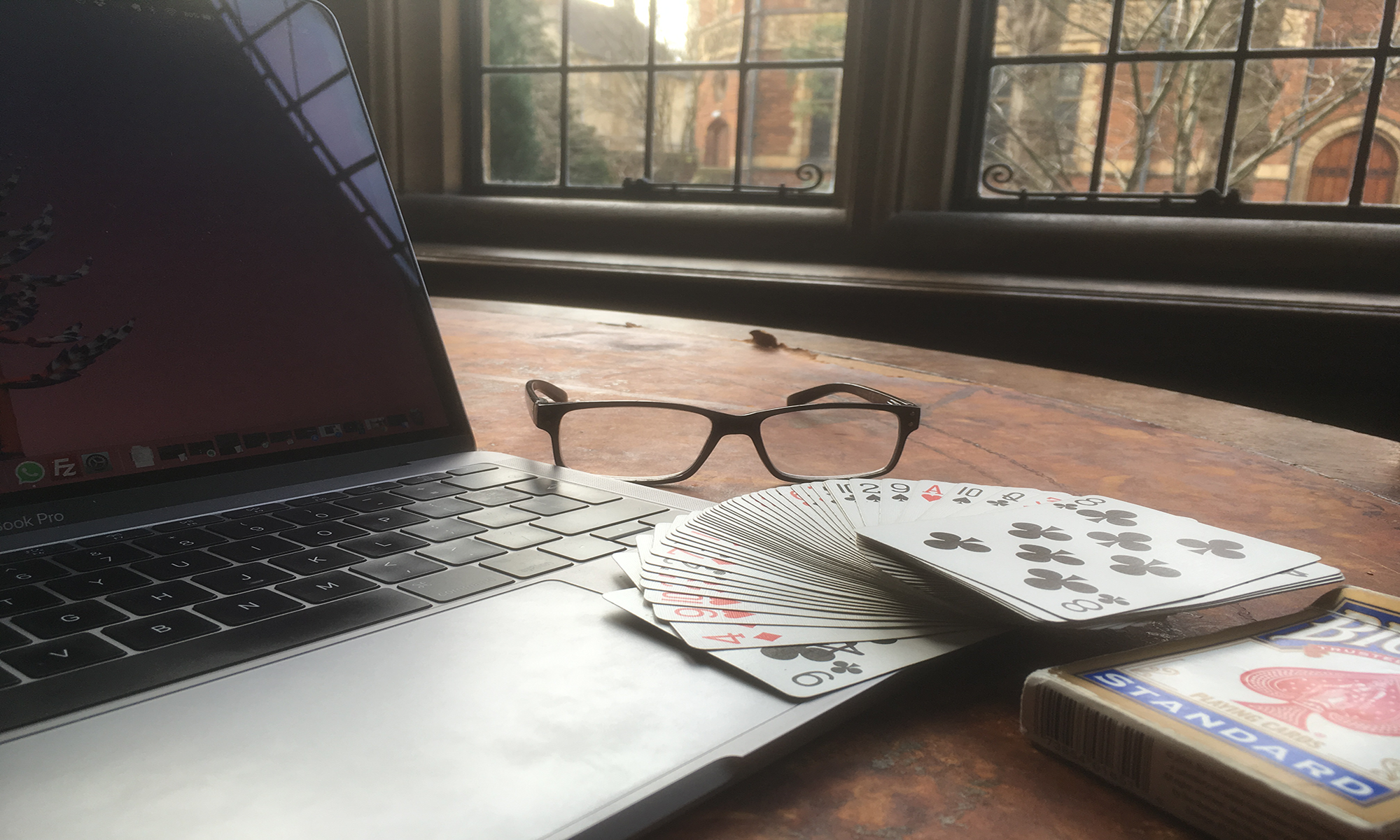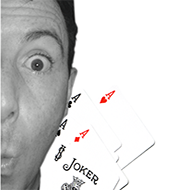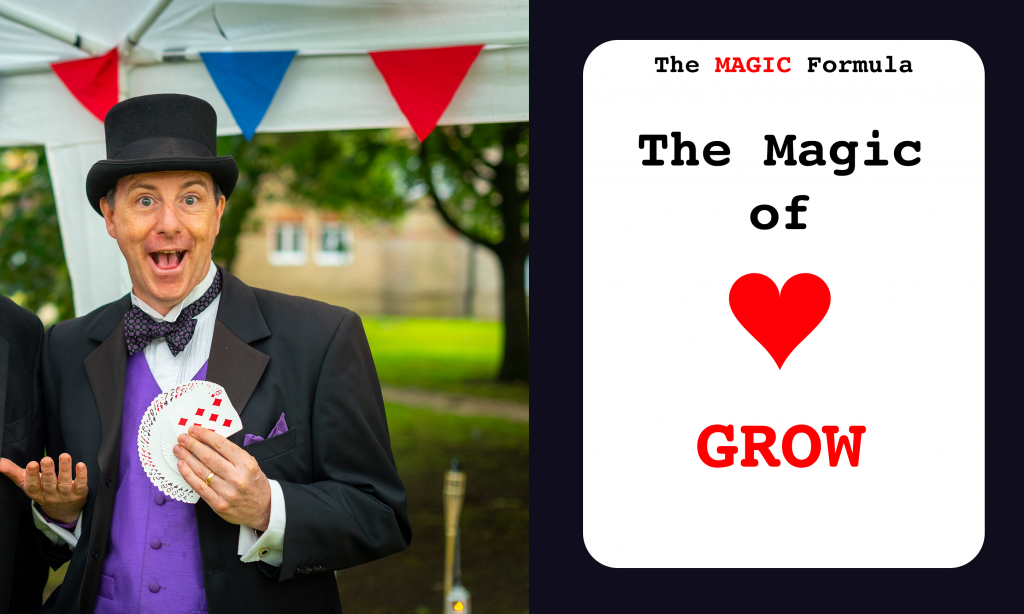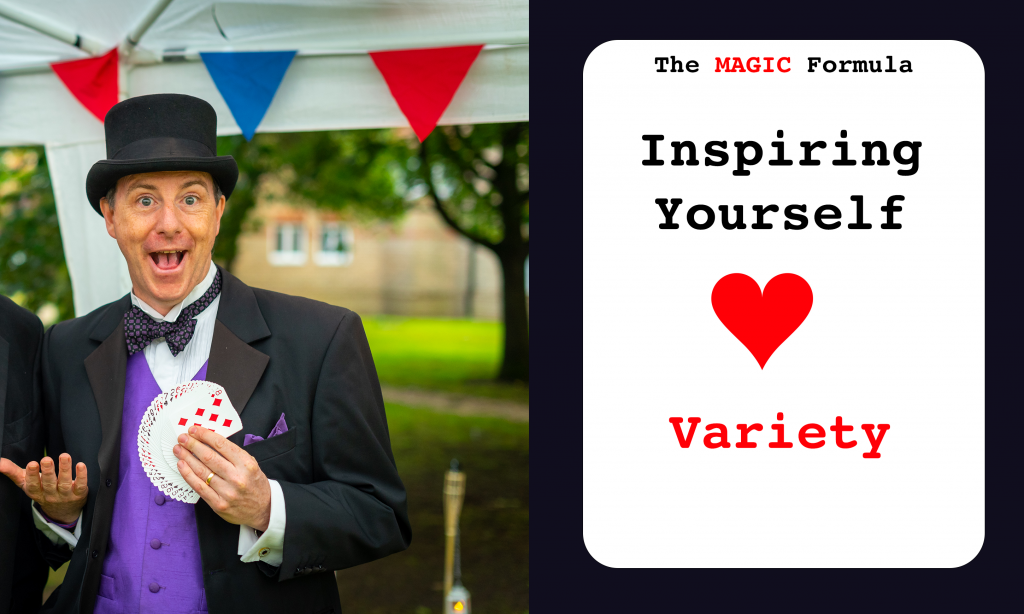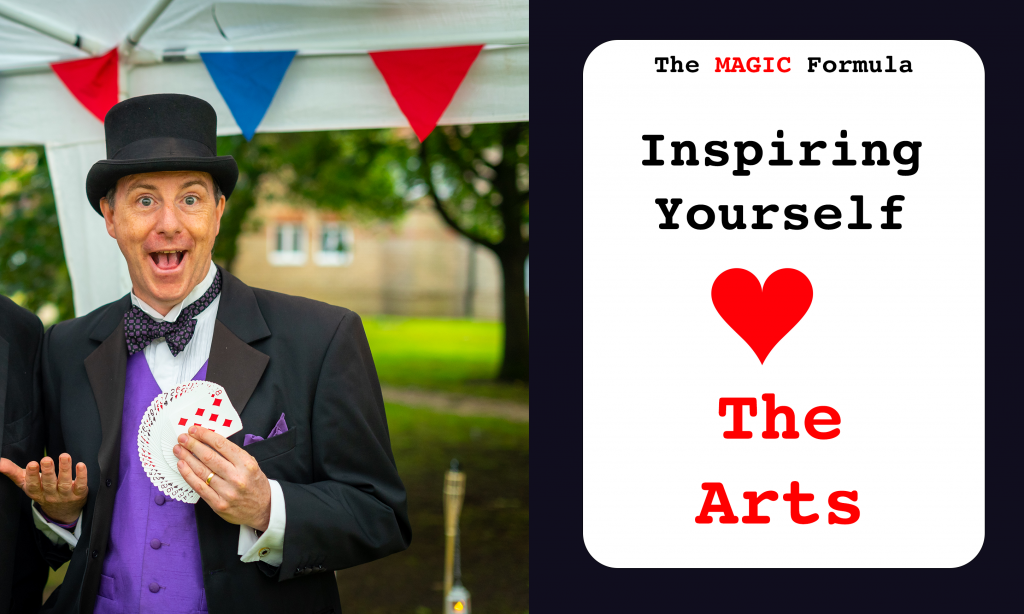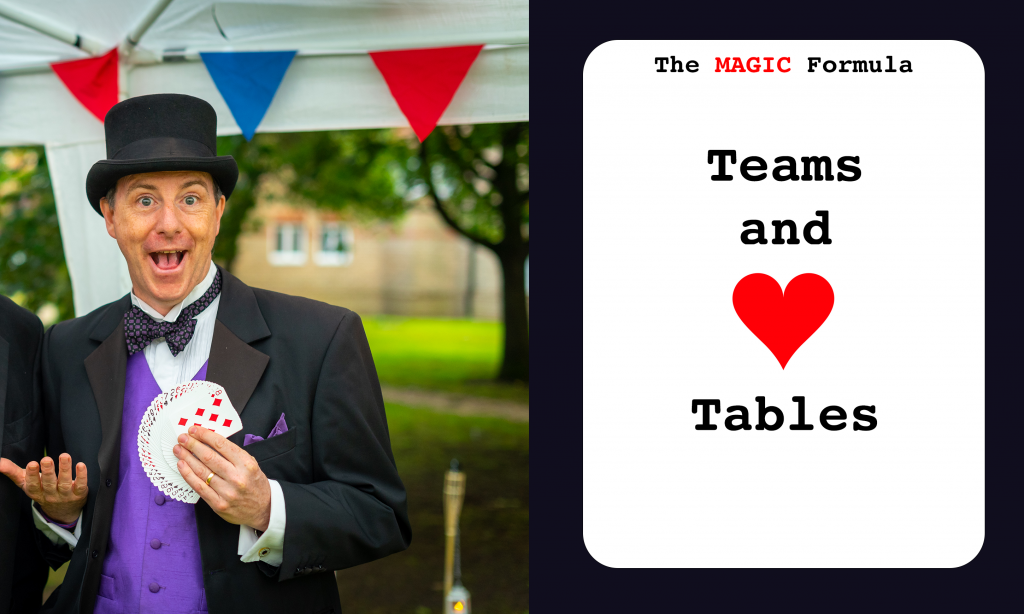
The MAGIC formula:
Moving
Attuning
Giving
Inspiring
Connecting
—
I have been working as a close-up magician for the last 25 years. I have entertained at thousands of events – hundreds of tables at weddings, corporate parties and significant birthdays.
At the same time, in the other half of my life, I have led and been a member of several teams. Recently, I have been interviewing many other team leaders about their experiences and challenges. Many thanks if you are one of them!
I have observed that many of the challenges facing a close-up magician approaching a table of guests are very similar to those facing team leaders. I have also realised that the MAGIC formula may be applied in both situations.
—
Teenage Tricks
Let’s move around the table. Next to Joker Jake, we have Bored Ben. Ben is a teenager and is the son of Jake and Timid Tina. He is the brother of the Enthusiastic Matilda and is sitting on his phone, avoiding eye contact and not engaging with anyone else. If you are the parent of a teenager, you may well recognise this behaviour!
How do I as a magician deal with Ben as I am trying to make the table fizz and pop with enjoyment and excitement?
Tactical Sidling
Well, one of the tactical things to do is to try to avoid this situation in the first place. If possible, I will have scouted the room before everyone has sat down at the tables. I will have identified the teenagers and sidled up to them while they were standing at the edges observing everybody else.
I will have shown them a cool card trick in a low-key way. It won’t have got a big reaction because most teenagers don’t do big reactions at weddings. However, it might have got a smile or nod of the head. I’ll take that!
Pre-COVID, I would also have done a mind-blowing trick with their phone. This pre-meeting would have enabled me to establish some rapport with Ben so that I’m not meeting him cold when I meet him in the more diverse group at the table. Once I am at the table, this should mean that I can get some eye contact with him and encourage him not to be on his phone. I may also be able to include him in a non-threatening way, for example, by asking him to pick a card, but nothing where he has to perform to the table to any great extent.
Alien Imposters
Why does Ben feel disengaged at the table? I think teenagers feel this because of a sense of cultural alienation. They are in the midst of people they perceive as different to them and don’t feel like they fit into the social setup. The surrounding grownups and children don’t speak their language, don’t understand their likes or dislikes.
They feel like imposters. Maybe you have someone like Ben on your team? In team meetings, they don’t seem to be engaged. On Zoom calls, you can tell that they’re checking their inbox instead of paying attention to the business at hand.
Strangers in a Strange Land
Why might this be? The first thing to realise is that it’s probably not because they hate you or the organisation. It’s perhaps because they feel some degree of cultural alienation. Maybe a sense of imposter syndrome?
This could be because they have a different educational background or social background. Maybe they have a different sexuality or race than most other members? Perhaps they have a visible or hidden disability. I’m reading an excellent book by Caroline Flanagan at the moment called “Be the First“(ad), which deals with imposter syndrome among black people in organisations. It is excellent and much recommended.
Become an Ally
Can you spend some time with your disengaged team member outside of the meeting to establish some rapport and find out more about them? This will change you from “another other” to a reassuring ally. Then, when you are back in a team meeting, you can make them feel valued in the group without putting pressure on them to step outside their comfort zone.
Hidden Riches
A Bored Ben can seem irritating and even rude on the surface, but there is much more going on than meets the eye. As a team leader, it will pay you dividends to make an effort to get to know them.
Find the riches that lie within.
—
Help Please!
I am currently adding to my coaching toolkit by undergoing some NLP Coaching training. As part of the course, I need to practise my new techniques on willing volunteers.
The research involves a 30-minute Zoom call. I get some practice and you get some free coaching: win-win!
Thank you to those who have already done it – much appreciated!
Please pass this on to anyone that you know might enjoy or benefit from it.
If you would like to help, please book in here:
https://www.work-life-magic.com/free-coaching/
